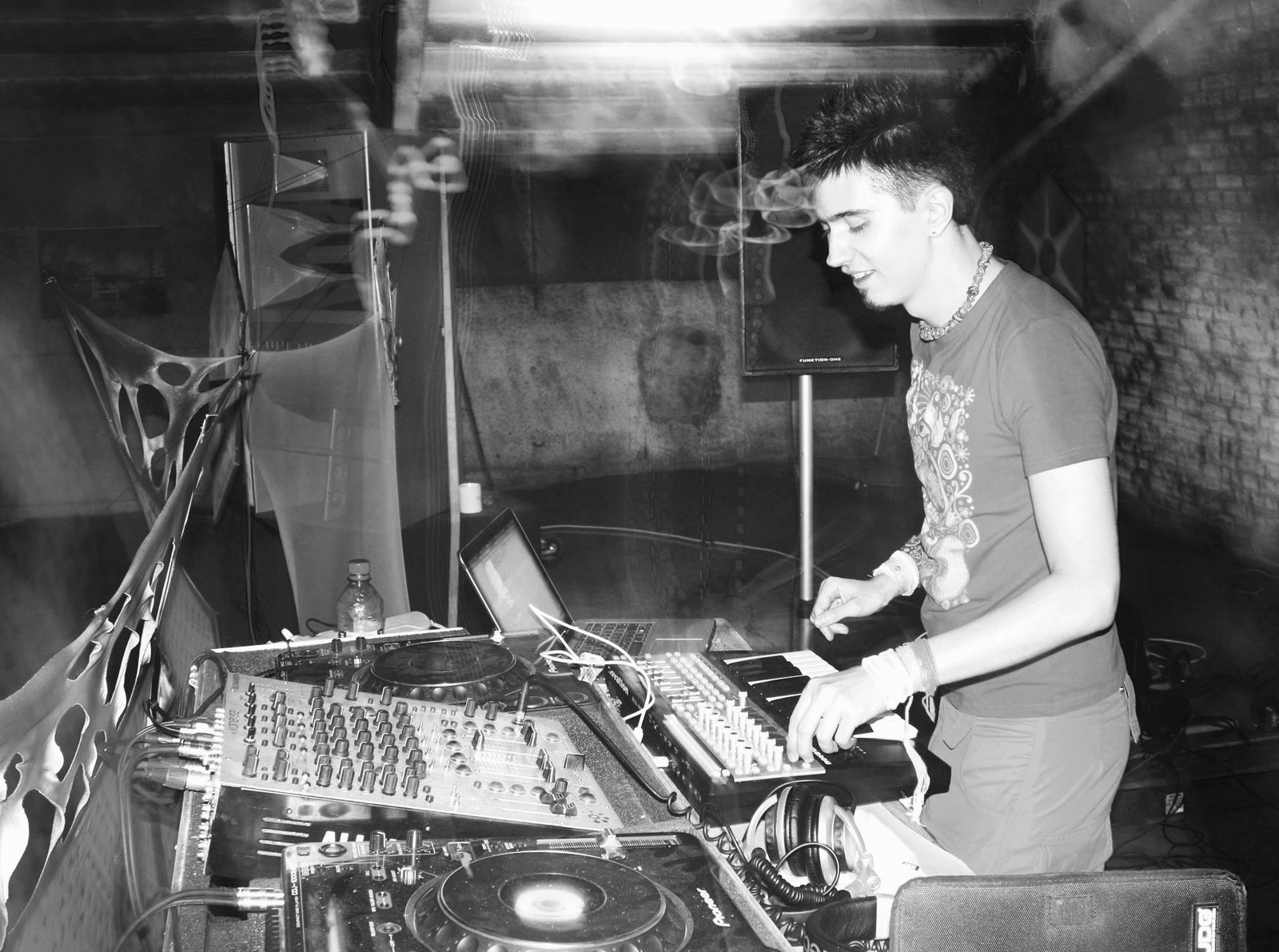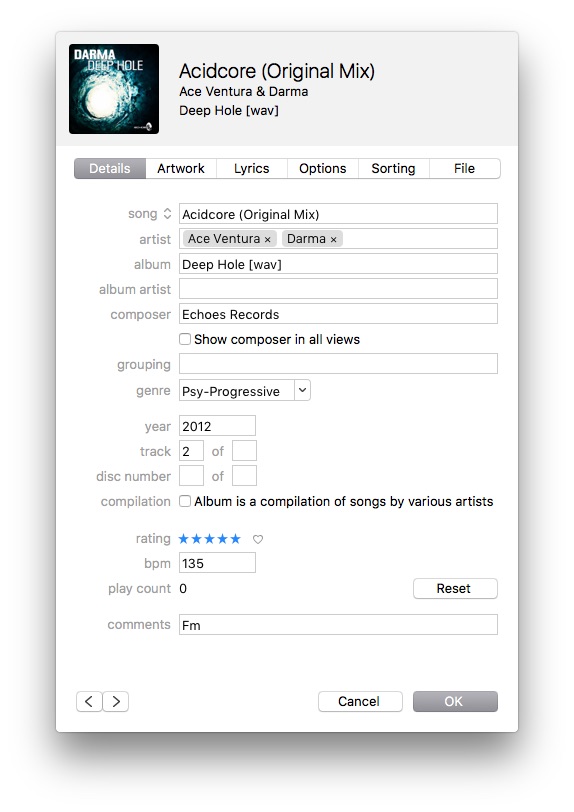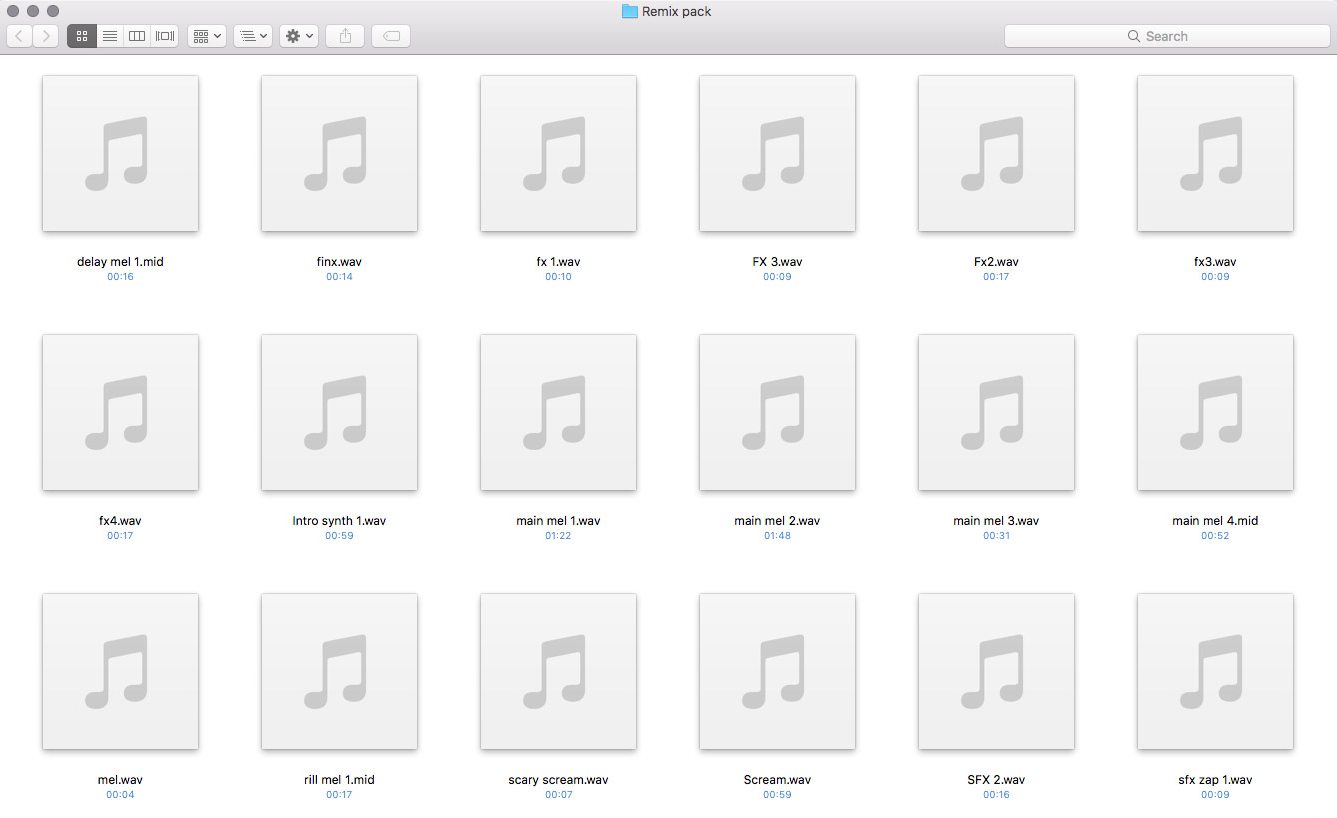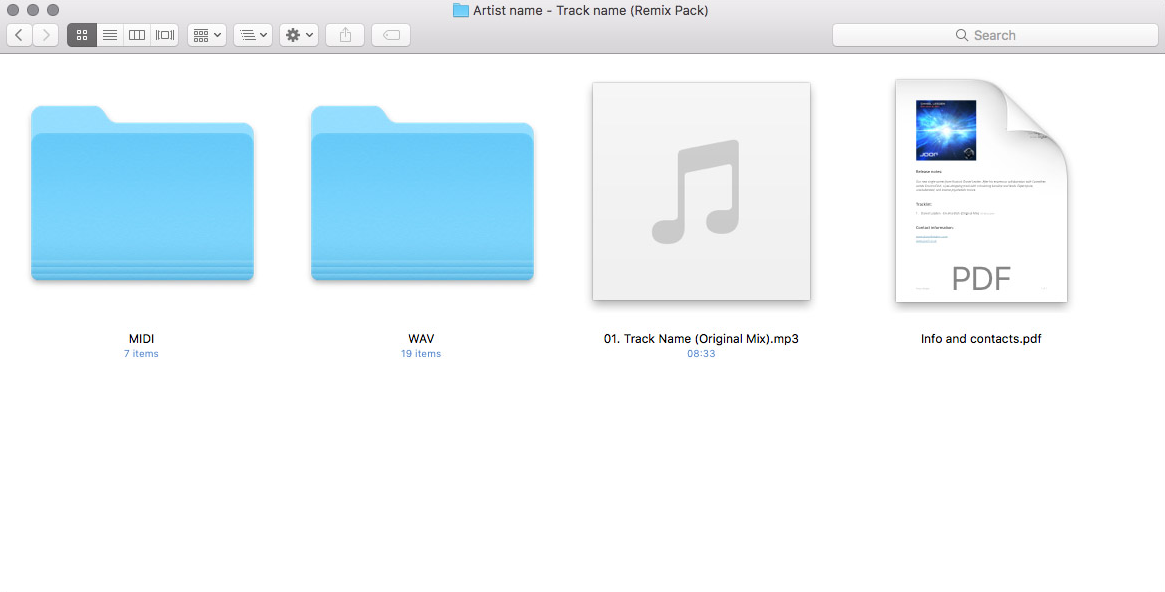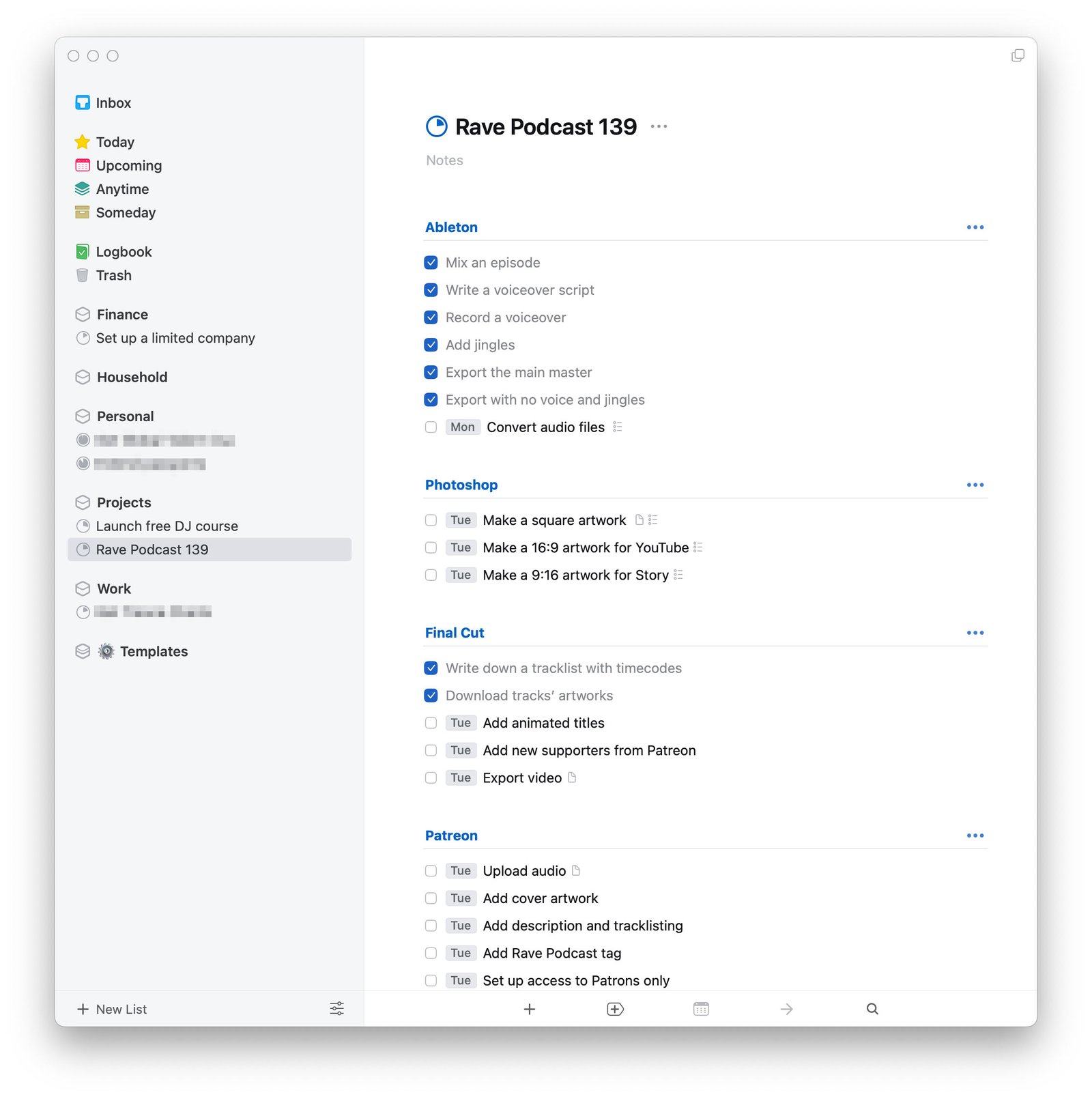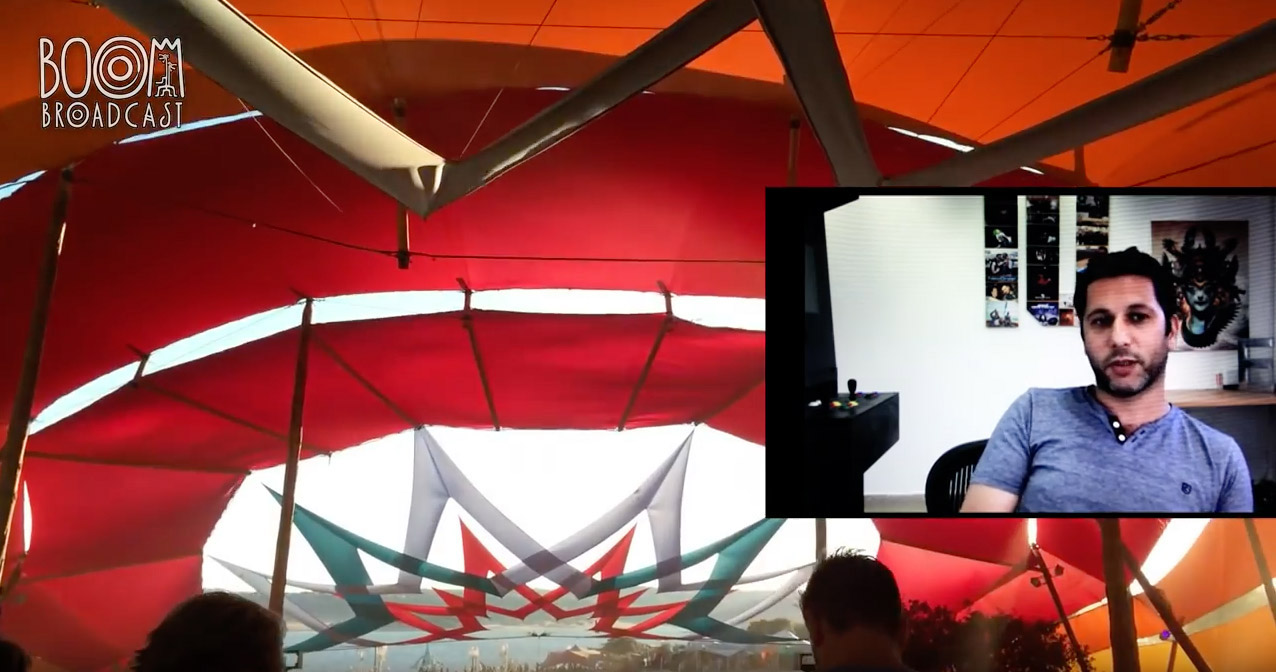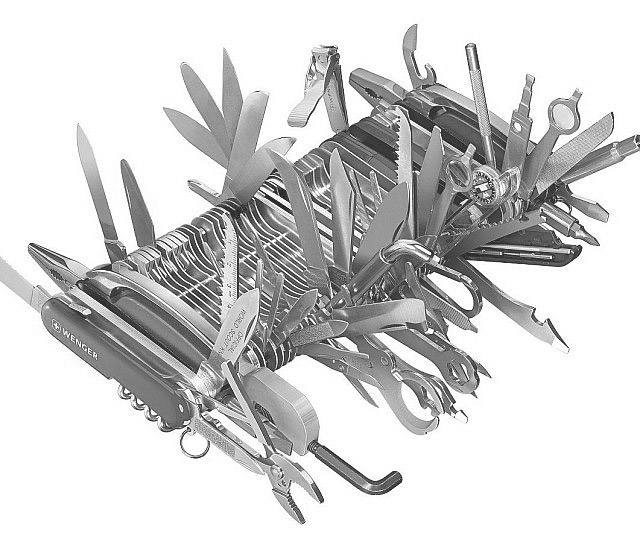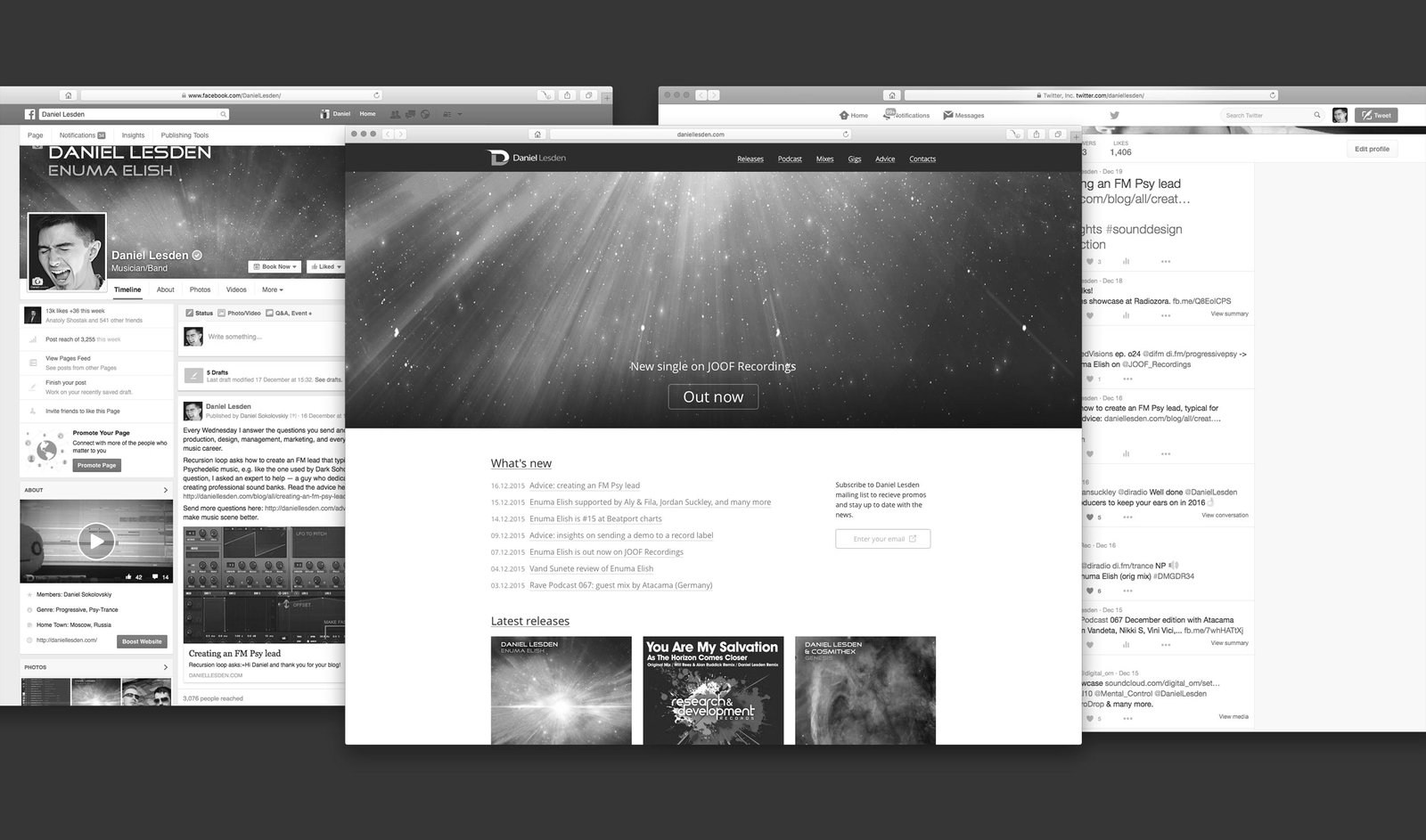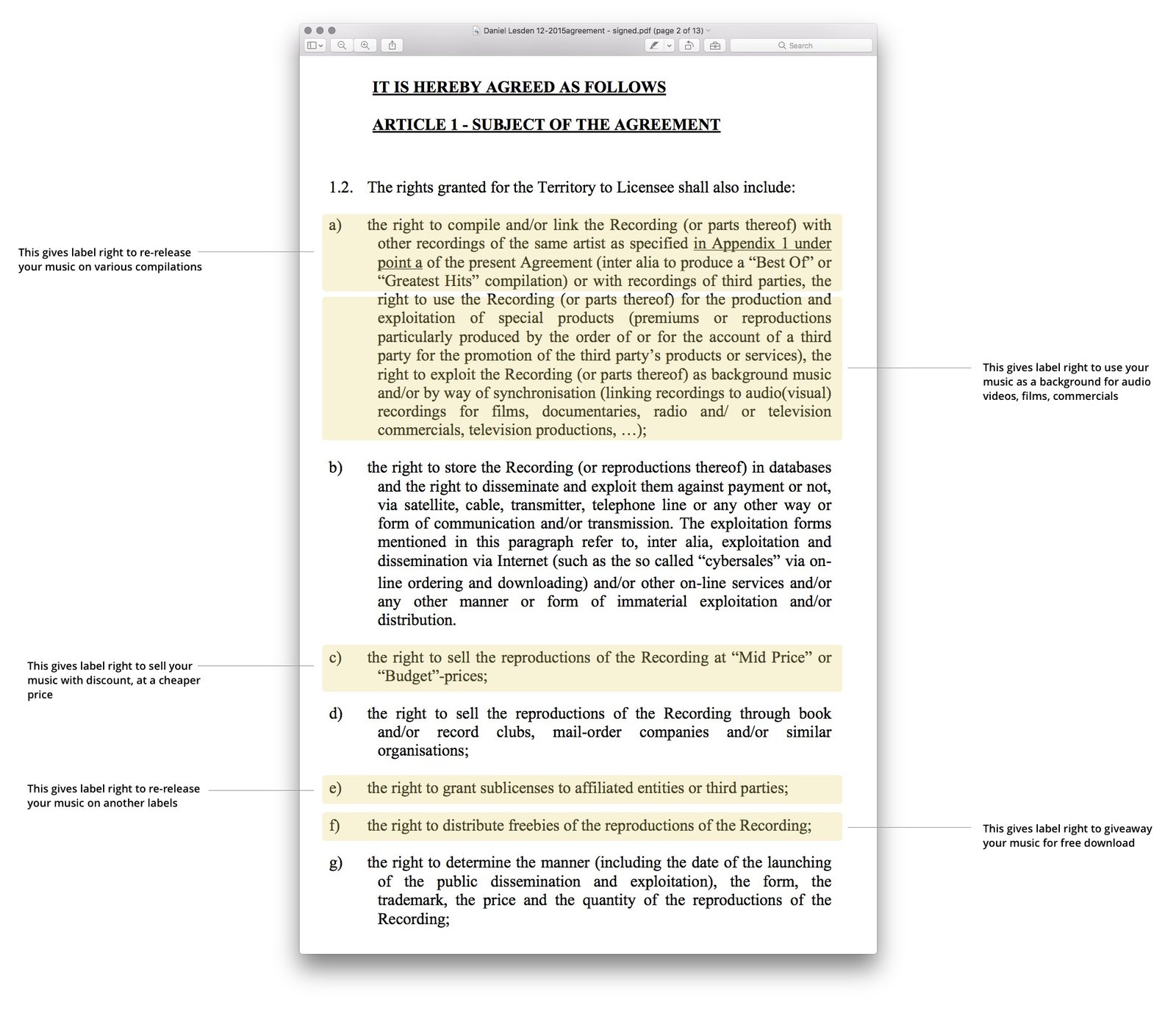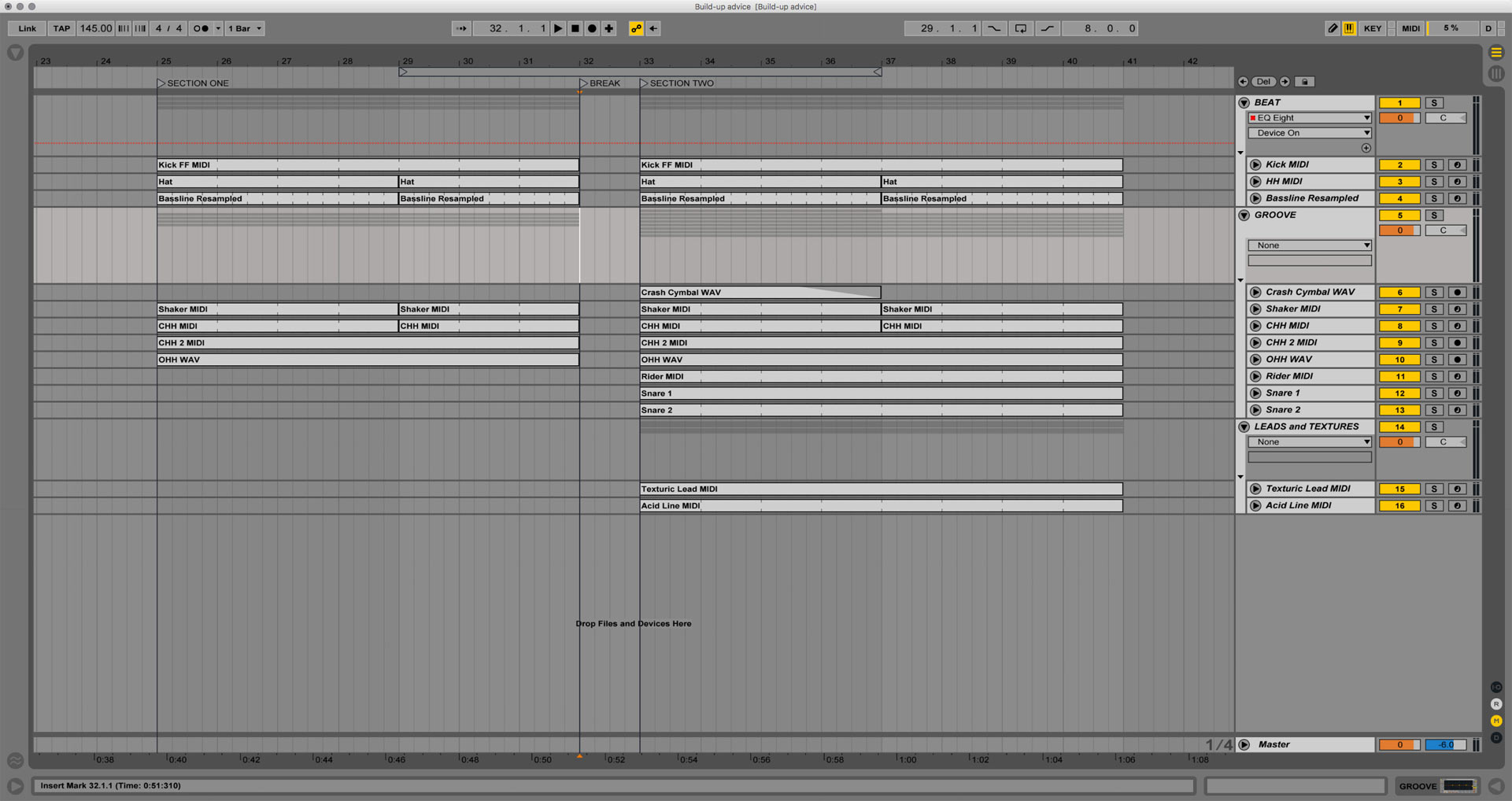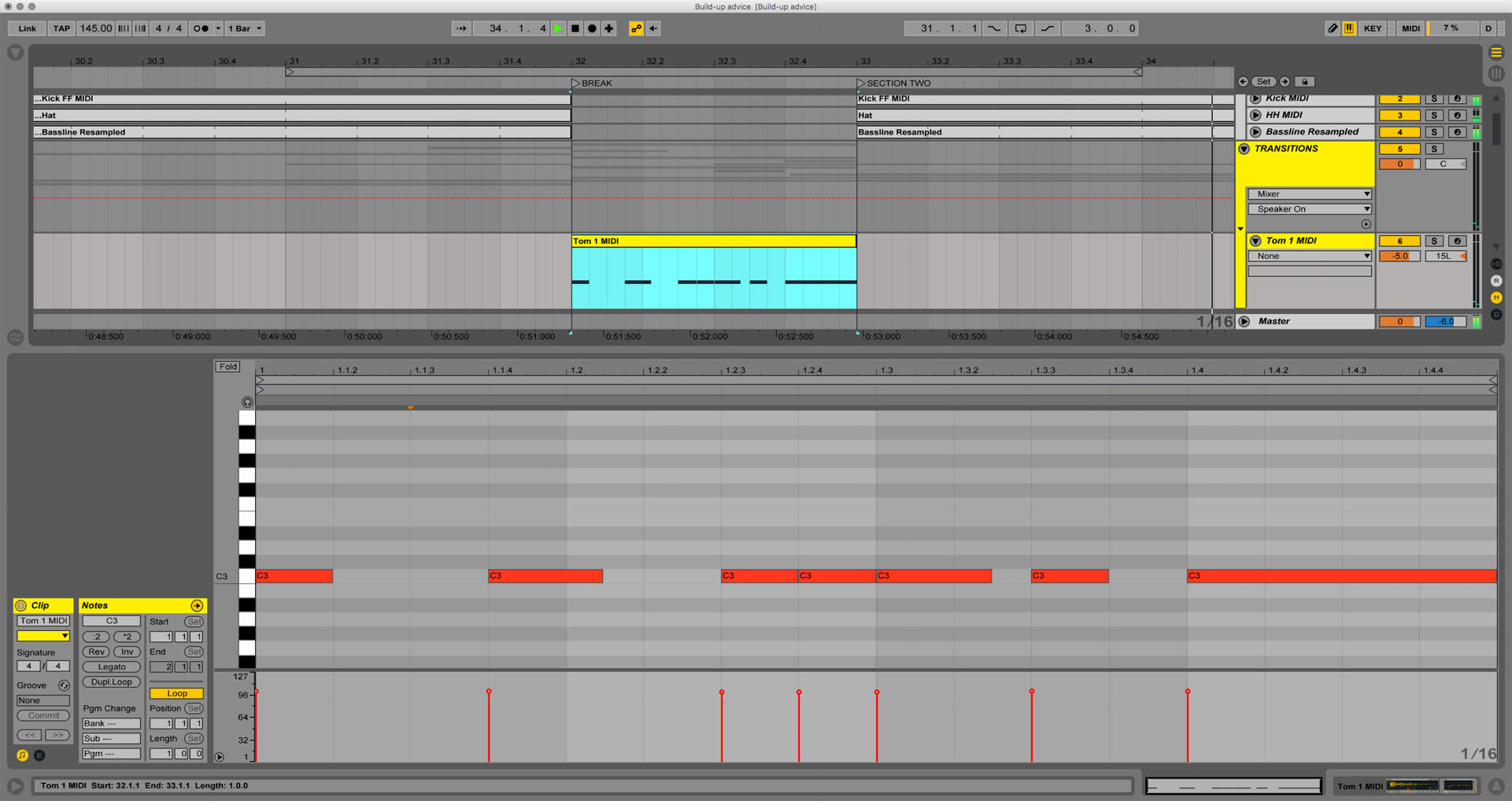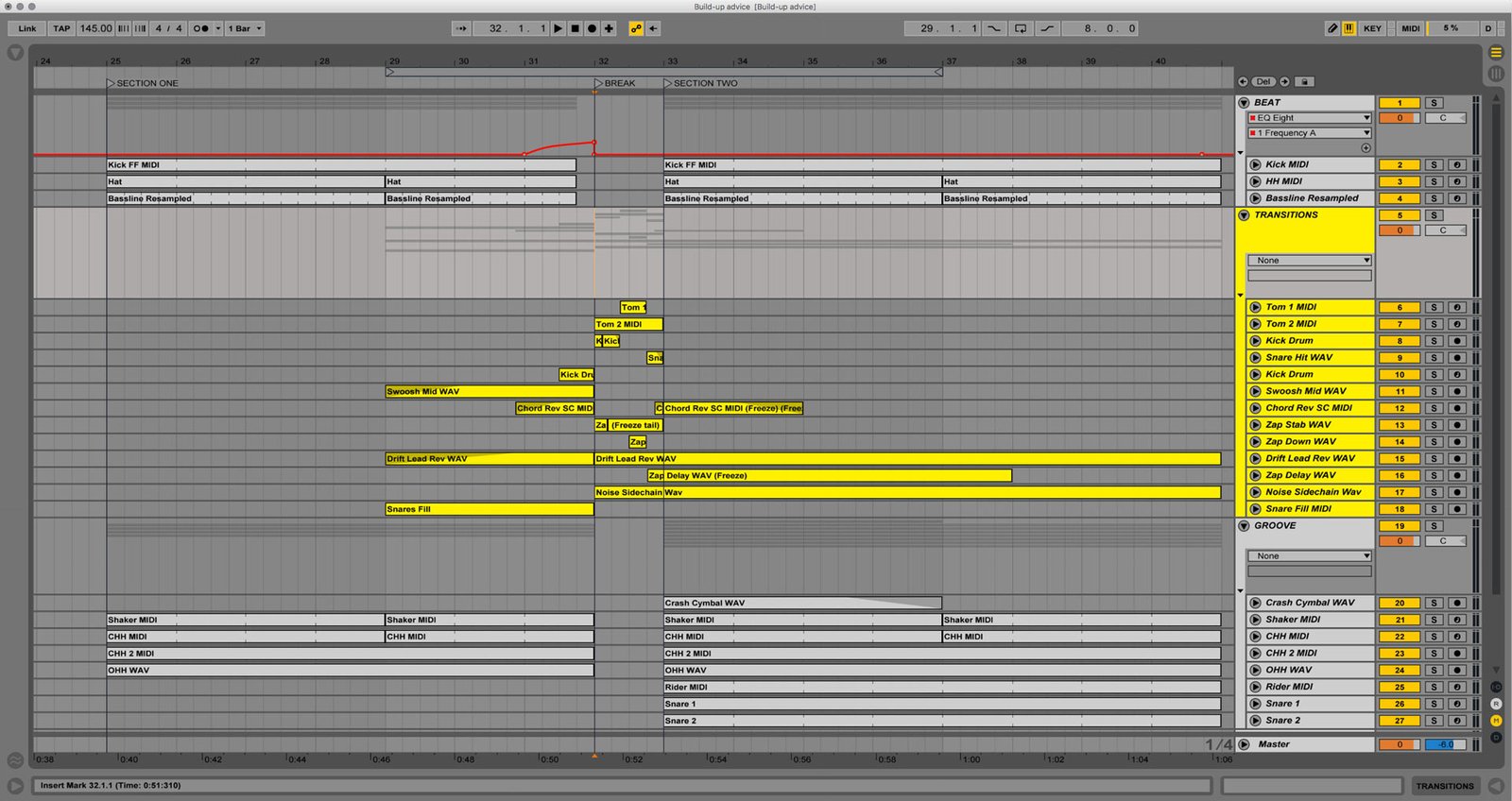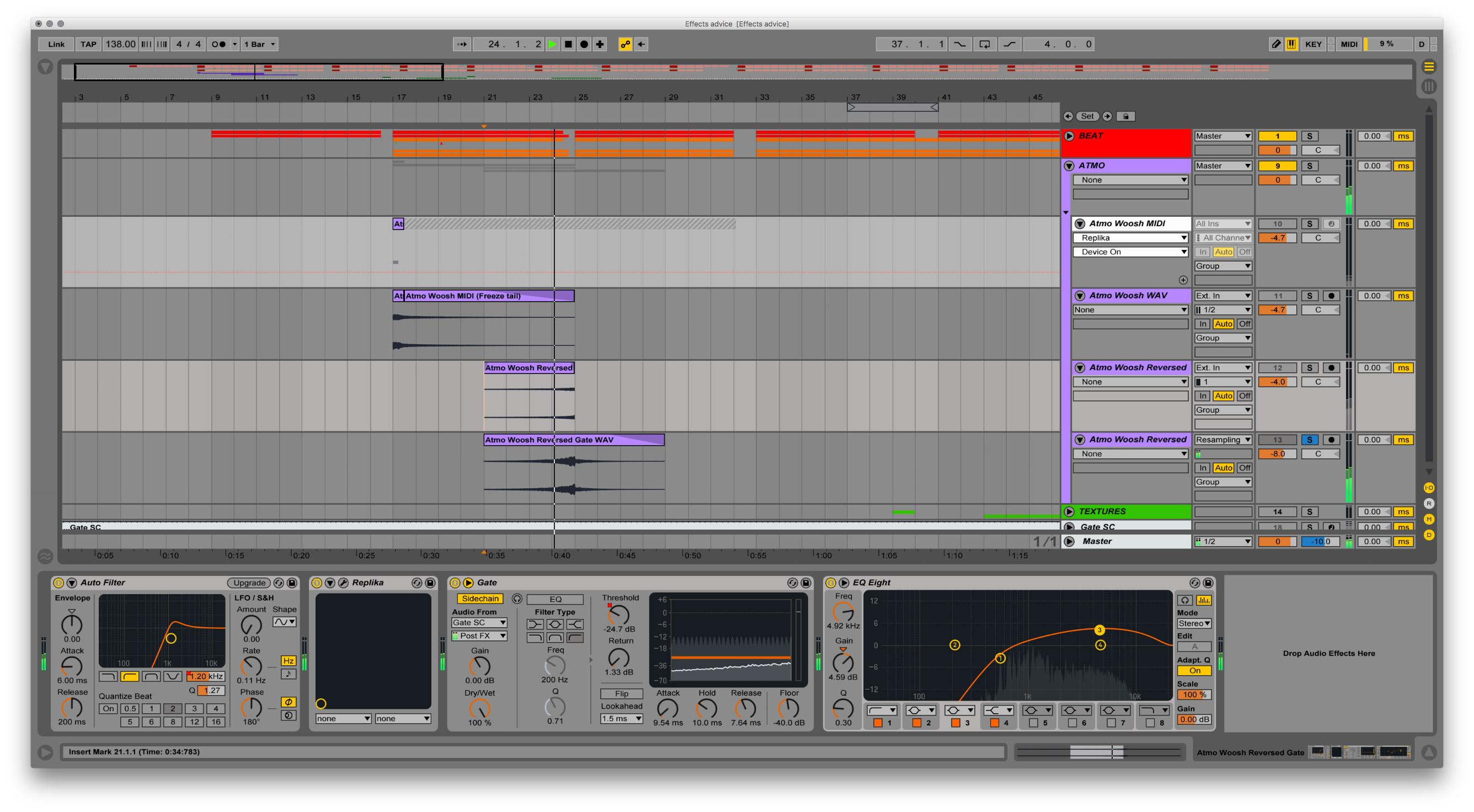Album behind the scenes: from drafts to finish
Since I posted my second album production announcement followed by “the album is complete” videos, people keep asking me when it will be released, why it took me so long to make it, how I’ll call it, what inspired me, and more questions.
Come closer my friends, make yourself comfortable and grab a cup of tea as I’m going to answer these questions and share some thoughts behind the creation of the album.

Why album
In this fast-paced world, singles and EPs are the most common release formats. Well, no surprise: consisting of only one or two tracks, artists can make several such releases per year and keep the buzz going. I’ve released a couple of singles this year too.
Albums, on the other hand, are counter-productive on that matter: they take much more time and effort to make, both physically and mentally. But I guess I’m an old-fashioned guy because albums are very special to me, it’s like an exam, a milestone that showcases an artist’s progress.
My debut album titled “Chronicles Of The Universe” was released in 2014, two years later after the very first release. It’s a musical story dedicated to our Solar System with each track representing a planet, and this album summed up my current taste and skills at the time.
Chronicles Of The Universe
JOOF Recordings, 2014
So around October 2015, having numerous releases after the first album, I thought it’s time to make a new album.
The first step is always the hardest
In the new album, I wanted to create a more tech-driven, robotic, and futuristic feel. Being always fascinated by science fiction, I came to my favourite novels, films, and concept arts in searching for inspiration:

So I started to work on the first track which later will be called “The Dream Of Electric Sheep”. Here is what one of the first drafts sounded like:
It was shit. Seriously, it has a poor sound design, lack of drive, and not satisfied quality. Perhaps, for someone, it would be okay, but I didn’t wish to agree on just “okay”. I replaced the main lead, but still, it wasn’t good enough:
It was so disappointing so I was about to abandon this idea entirely. I realized that I wasn’t ready yet — I wanted to make something fresh whilst my current skills held me back. But then something interesting happened.
The unexpected side of help
Now we have to go back in time for the three months before I started working on the album. On August 2015, I launched the advice section where I answer the questions people send me.
Turned out, the advice blog that is supposed to help other people helped a lot me too.
Every time I answer a question, it forces me to dig deeper, to learn something new. Because knowing things is not the same as understand things and being able to clearly explain it to the others. To my own surprise, throughout the past year, I’ve learned a lot of new things about sound design, mixdown, and other aspects of production simply by helping other people. How cool is that?
Going back to “The Dream Of Electric Sheep”, here is how it sounds now:
Back on track
Slowly but surely, the album progressed pretty well. But despite that I’ve improved my sound quality, one thing keep bothered me: the musical parts.
At some point, I just opened all my drafts, played it back, and realized that some of the tracks I’ve made were too cheesy. To give an example, here is another track from the new album, it called “Machinery”:
I asked myself: “Does it match the concept of a technological, aggressive, and futuristic sound like I wanted to make it in the first place?” Clearly, the answers were “no”.
I had to take a break to figure out where should I go musically. One month later, that track turned into this:
Yet still, having all those aggressive and futuristic sounds, I wanted also to have some atmospheric and euphoric build-ups. That’s how “Arrival” was born:
That’s it, folks, I hope I answered your questions.


